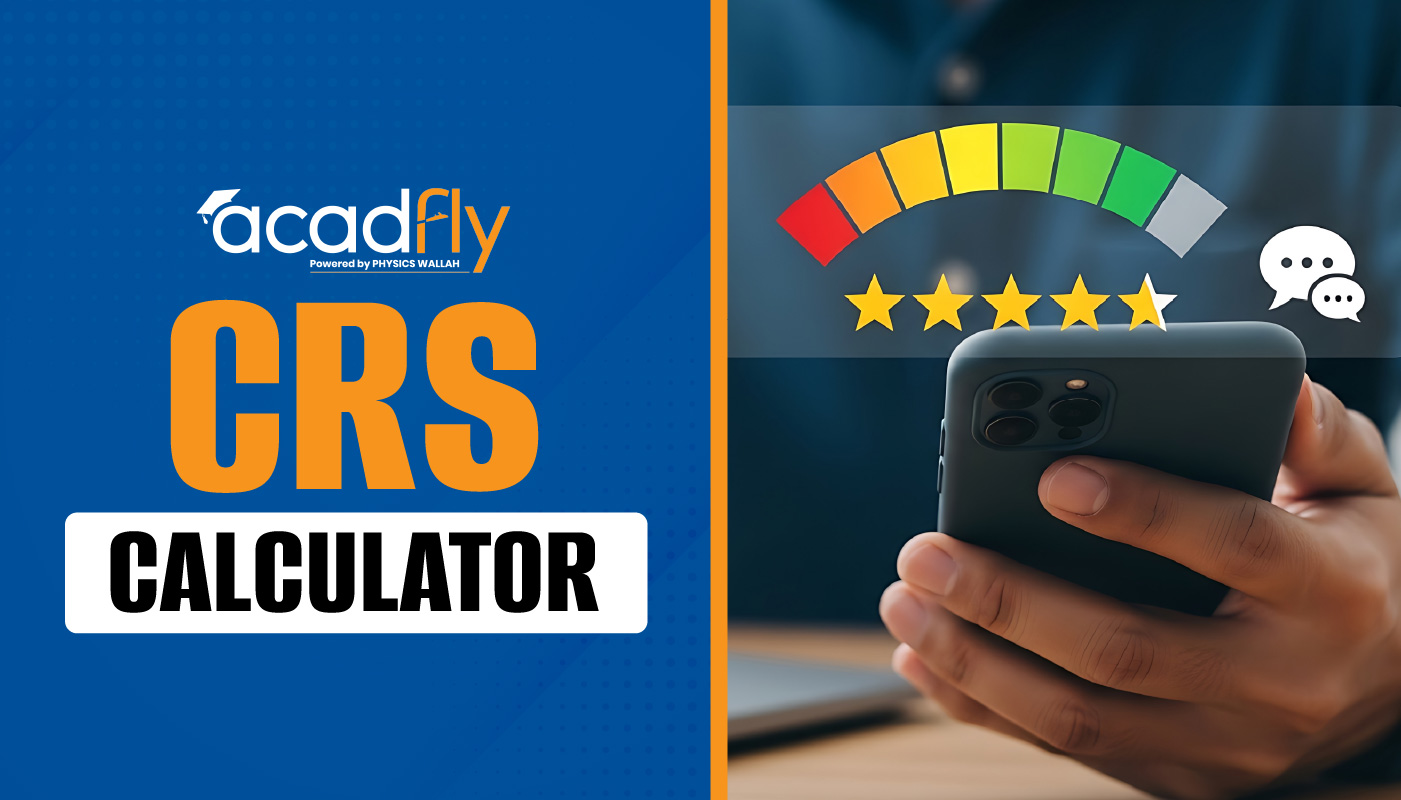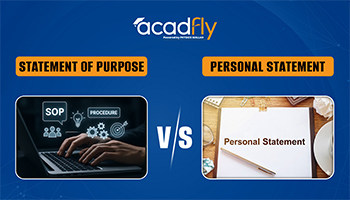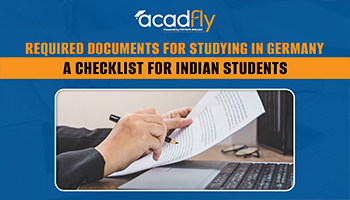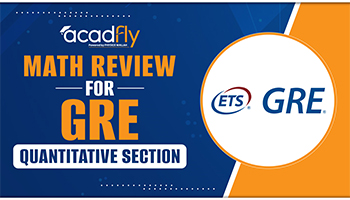
How to Ace the TOEFL Reading Section for Studying in Australia: TOEFL (Test of English as a Foreign Language) is a crucial exam for students aiming to study in English-speaking countries, including Australia. The Reading section of the TOEFL tests your ability to understand and analyze written academic texts. Doing well in the TOEFL Reading section can really boost your chances of getting into an Australian university. In this article, you’ll find helpful tips, strategies, and practice methods to improve your reading score.
Understanding the TOEFL Reading Section
The TOEFL Reading section consists of 3-4 passages, each approximately 700 words long, followed by 10 questions. You have 54-72 minutes to complete this section, depending on the number of passages. The questions test your ability to understand the main idea, details, vocabulary in context, inferences, and the overall organization of the text.
Key Features
-
Passage Length: Approximately 700 words per passage.
-
Number of Passages: 3-4 passages.
-
Question Types: Multiple-choice, insert a sentence, and "reading to learn" questions (organizing information in a table or summary).
Tips for Excelling in the TOEFL Reading Section
1. Skim the Passage First
Before diving into the questions, quickly skim the passage to get an overview of its structure and main ideas. Pay attention to headings, subheadings, and any highlighted or italicized text. This initial read-through will help you understand the general context and flow of the passage.
2. Understand the Question Types
Familiarize yourself with the different types of questions you will encounter in the TOEFL Reading section. These include:
-
Detail Questions: Ask about specific information mentioned in the passage.
-
Inference Questions: Require you to draw conclusions based on the information provided.
-
Vocabulary Questions: Test your understanding of the meaning of words in context.
-
Reference Questions: Ask you to identify what a specific word or phrase refers to.
-
Purpose Questions: Require you to understand the author's intent or purpose in a specific part of the passage.
3. Develop Effective Reading Strategies
Use effective reading strategies such as scanning for specific information, summarizing paragraphs, and identifying transition words that indicate the structure of the passage. Practice these strategies to improve your reading speed and comprehension.
4. Improve Your Vocabulary
A strong vocabulary is essential for the TOEFL Reading section. Focus on learning academic vocabulary and common words used in academic texts. Use flashcards, vocabulary lists, and apps to enhance your vocabulary. Understanding roots, prefixes, and suffixes can also help you deduce the meaning of unfamiliar words.
5. Practice with Official TOEFL Materials
Use official TOEFL preparation materials and practice tests to familiarize yourself with the format and types of questions. Regular practice will help you build confidence and improve your performance on the actual test.
Strategies for Answering Questions
1. Answer Detail Questions First
Detail questions are often easier and can be answered directly from the passage. Answer these questions first to build confidence and secure easy points before moving on to more challenging questions.
2. Use Process of Elimination
For multiple-choice questions, eliminate clearly incorrect answers to narrow down your choices. This strategy increases your chances of selecting the correct answer, even if you are unsure.
3. Refer Back to the Passage
Always refer back to the passage to verify your answers. Re-reading specific sections can help you find the correct information and ensure accuracy.
4. Manage Your Time Efficiently
Allocate your time wisely, ensuring you have enough time to read each passage and answer all questions. Avoid spending too much time on any single question. If you are stuck, move on and come back to it later if time permits.
5. Practice Reading Comprehension Skills
Regularly practice reading academic texts, such as journal articles, research papers, and textbooks. This will improve your reading comprehension skills and help you become more comfortable with the type of content you will encounter on the TOEFL.
Sample Passage and Question Analysis
Here is a sample passage with corresponding questions and strategies for answering them:
Sample Passage
"The development of renewable energy sources, such as wind, solar, and hydroelectric power, is crucial for reducing greenhouse gas emissions and combating climate change. Wind energy, in particular, has seen significant advancements in recent years. Modern wind turbines are more efficient and capable of generating large amounts of electricity, making wind power a viable alternative to fossil fuels. However, the expansion of wind farms has also raised environmental concerns, such as the impact on bird populations and noise pollution."
Sample Questions and Strategies
|
Question Type |
Sample Question |
Strategy |
|---|---|---|
|
Detail |
What are the environmental concerns associated with wind farms? |
Scan the passage for the specific section discussing environmental concerns. Look for keywords like "environmental concerns" and "impact on bird populations." |
|
Inference |
What can be inferred about the future of wind energy? |
Consider the overall tone and content of the passage. Look for clues that indicate the potential growth or challenges of wind energy. |
|
Vocabulary |
What does the word "viable" mean in the context of the passage? |
Look at the surrounding context to understand how the word is used. Consider synonyms that fit the context, such as "feasible" or "practical." |
|
Reference |
What does "these advancements" refer to in the passage? |
Identify the antecedent of "these advancements" by looking at the preceding sentences. It likely refers to improvements in wind turbine technology. |
|
Purpose |
Why does the author mention the impact on bird populations and noise pollution? |
Determine the author's intent for including this information. It is likely to present a balanced view of the benefits and drawbacks of wind energy development. |
Conclusion
Excelling in the TOEFL Reading section is essential for students aspiring to study in Australia. By skimming passages, understanding question types, developing effective reading strategies, improving vocabulary, and practicing with official materials, you can significantly enhance your performance. Implementing strategies such as answering detail questions first, using the process of elimination, referring back to the passage, managing your time efficiently, and regularly practicing reading comprehension skills will help you ace the TOEFL Reading section.
For more guidance and resources on TOEFL preparation, consider exploring AcadFly. With customised study plans, expert advice, and comprehensive preparation materials, AcadFly can help you achieve your academic goals and secure admission to your desired Australian university.
How to Ace the TOEFL Reading Section FAQS
Why is the TOEFL Reading section important for studying in Australia?
What types of questions are in the TOEFL Reading section?
How can I improve my TOEFL Reading score?
What is a good TOEFL Reading score for Australian universities?
Are there specific TOEFL prep resources for the reading section?









